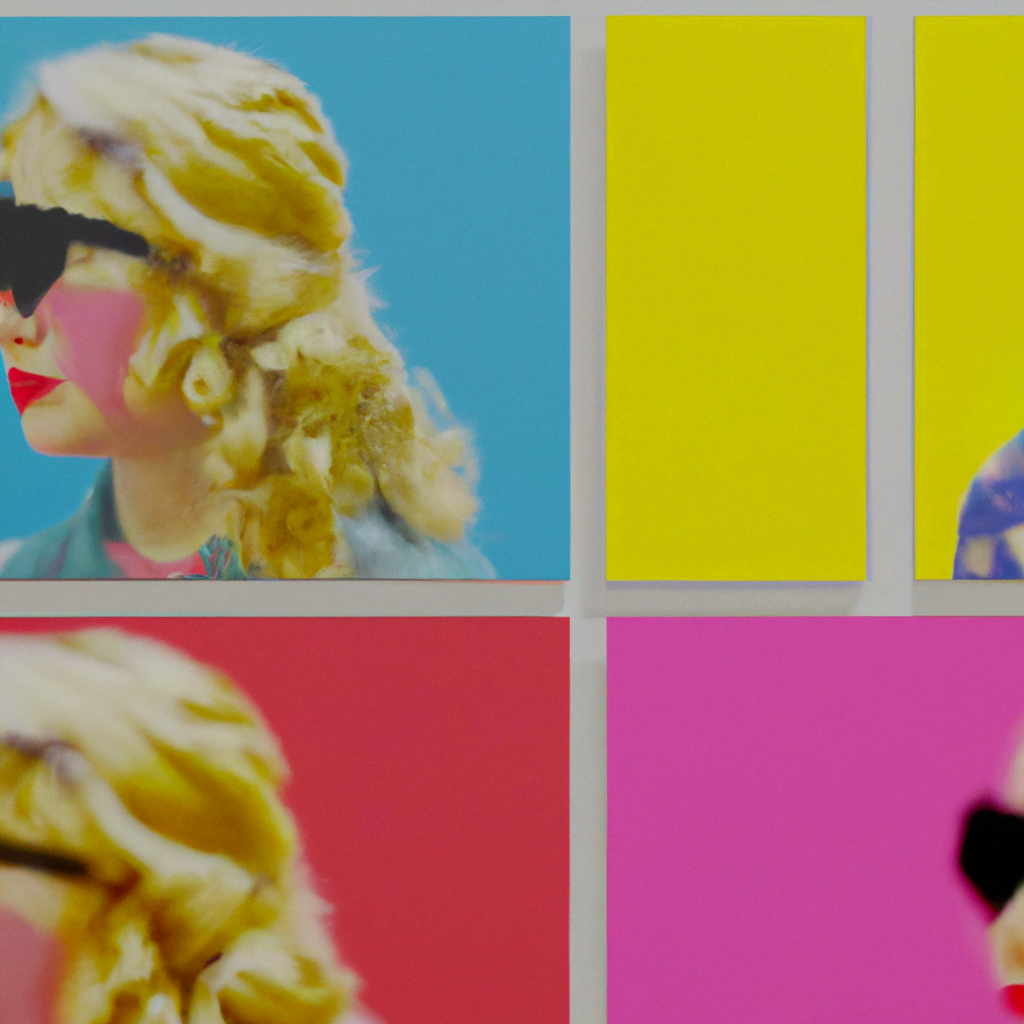
AI-Based Design Forecasting and Trend Analysis

In today’s fast-paced world, design trends are constantly evolving, making it crucial for businesses to stay ahead of the curve. Design forecasting and trend analysis play a vital role in helping companies understand and predict the future direction of design aesthetics. With the advent of artificial intelligence (AI), design forecasting has become more accurate and efficient than ever before. In this article, we will explore the impact of AI-based design forecasting and trend analysis, its benefits, and how it is revolutionizing the design industry.
The Role of Design Forecasting and Trend Analysis
Design forecasting and trend analysis involve the systematic study of past and present design trends to predict future directions. It helps businesses make informed decisions about product development, marketing strategies, and brand positioning. By understanding upcoming design trends, companies can create products and services that resonate with their target audience, giving them a competitive edge in the market.
Traditionally, design forecasting relied on human experts who analyzed historical data, conducted market research, and made predictions based on their expertise. However, this approach had limitations, such as subjectivity, time-consuming processes, and the inability to analyze vast amounts of data effectively.
The Rise of AI in Design Forecasting
Artificial intelligence has revolutionized various industries, and design forecasting is no exception. AI algorithms can analyze massive amounts of data, identify patterns, and make accurate predictions. By leveraging machine learning and deep learning techniques, AI can process data from various sources, including social media, online platforms, and design databases, to identify emerging trends and forecast future design directions.
One example of AI-based design forecasting is the use of image recognition algorithms. These algorithms can analyze millions of images from social media platforms, design blogs, and fashion websites to identify recurring patterns, color schemes, and visual elements. By analyzing this data, AI algorithms can predict which design elements are likely to gain popularity in the future.
Benefits of AI-Based Design Forecasting
The integration of AI in design forecasting offers several benefits:
- Accuracy: AI algorithms can analyze vast amounts of data with precision, leading to more accurate predictions compared to traditional methods.
- Efficiency: AI can process data at a much faster rate than humans, reducing the time required for trend analysis and forecasting.
- Unbiased Analysis: AI algorithms are not influenced by personal preferences or biases, ensuring objective trend analysis.
- Real-Time Insights: AI can continuously monitor and analyze data, providing real-time insights into emerging trends.
- Cost-Effectiveness: AI-based design forecasting eliminates the need for extensive manual research, saving time and resources for businesses.
Case Studies: AI in Design Forecasting
Several companies have already embraced AI-based design forecasting and trend analysis, reaping the benefits of this innovative approach. Let’s explore a few case studies:
1. Pinterest
Pinterest, a popular visual discovery platform, has integrated AI algorithms into its design forecasting process. By analyzing user behavior, image data, and search patterns, Pinterest’s AI can predict emerging design trends with remarkable accuracy. This enables Pinterest to provide personalized recommendations to its users and helps businesses understand what their target audience is looking for.
2. Adobe Sensei
Adobe Sensei, the AI platform developed by Adobe, incorporates AI into its design tools to assist designers in trend analysis and forecasting. By analyzing vast amounts of design data, Adobe Sensei can identify patterns, color schemes, and typography trends. This empowers designers to create designs that align with current and future trends, enhancing their creative process.
The Future of AI-Based Design Forecasting
As AI continues to advance, the future of design forecasting looks promising. Here are some potential developments:
- Enhanced Personalization: AI algorithms can analyze individual preferences and behaviors to provide personalized design recommendations.
- Augmented Creativity: AI can assist designers in generating new ideas and exploring unconventional design possibilities.
- Collaborative Design: AI can facilitate collaboration between designers by analyzing their work and suggesting complementary design elements.
- Improved Sustainability: AI can help identify sustainable design practices and materials, promoting environmentally friendly design trends.
Summary
AI-based design forecasting and trend analysis have revolutionized the way businesses approach design. By leveraging AI algorithms, companies can accurately predict future design directions, gain a competitive edge, and create products that resonate with their target audience. The benefits of AI in design forecasting include increased accuracy, efficiency, unbiased analysis, real-time insights, and cost-effectiveness. Case studies of companies like Pinterest and Adobe demonstrate the successful integration of AI in design forecasting. As AI continues to evolve, the future holds even more exciting possibilities, such as enhanced personalization, augmented creativity, collaborative design, and improved sustainability. Embracing AI-based design forecasting is essential for businesses that want to stay ahead in the ever-changing world of design.
